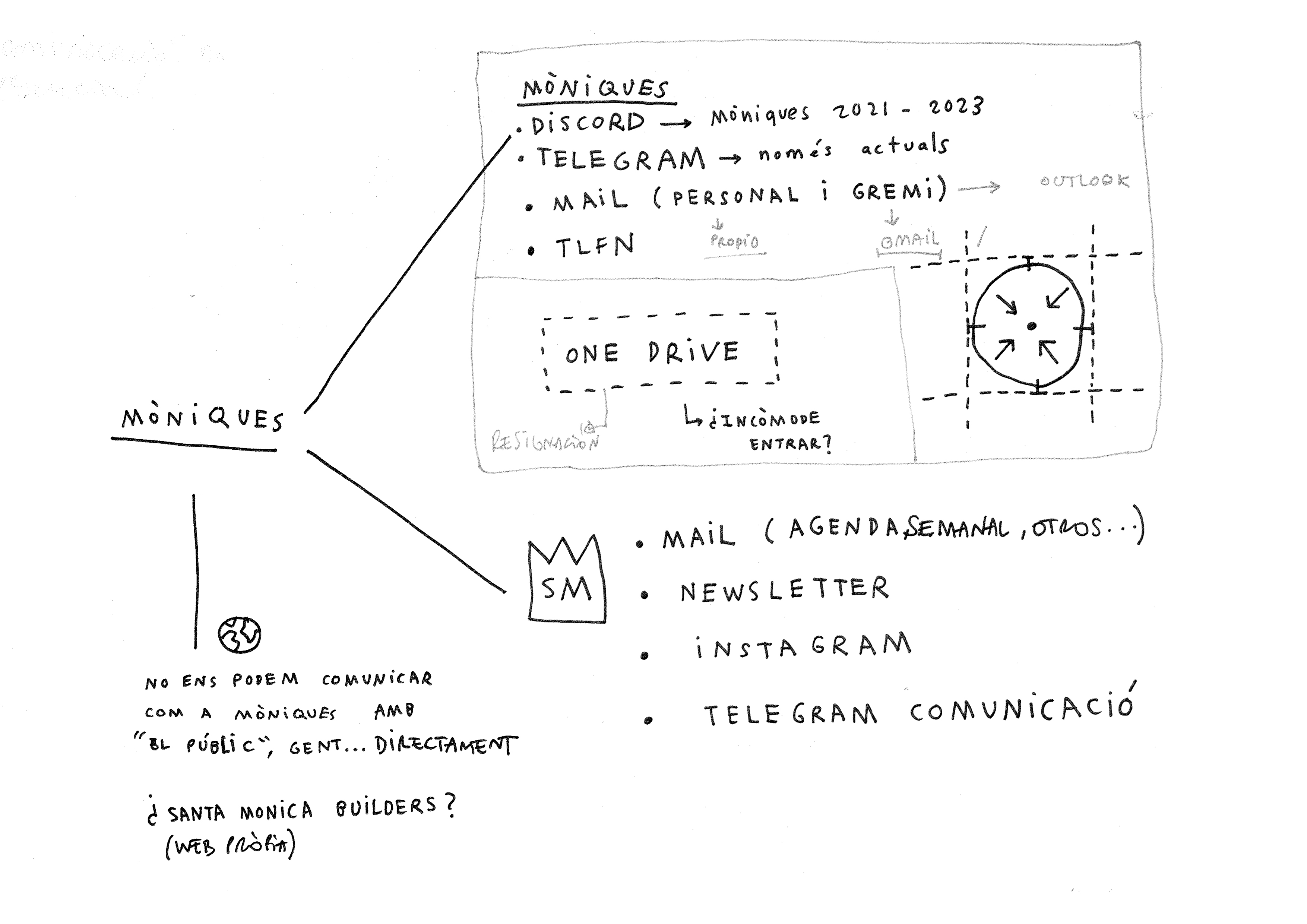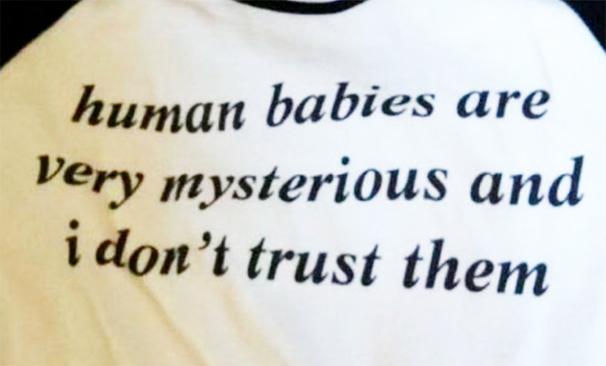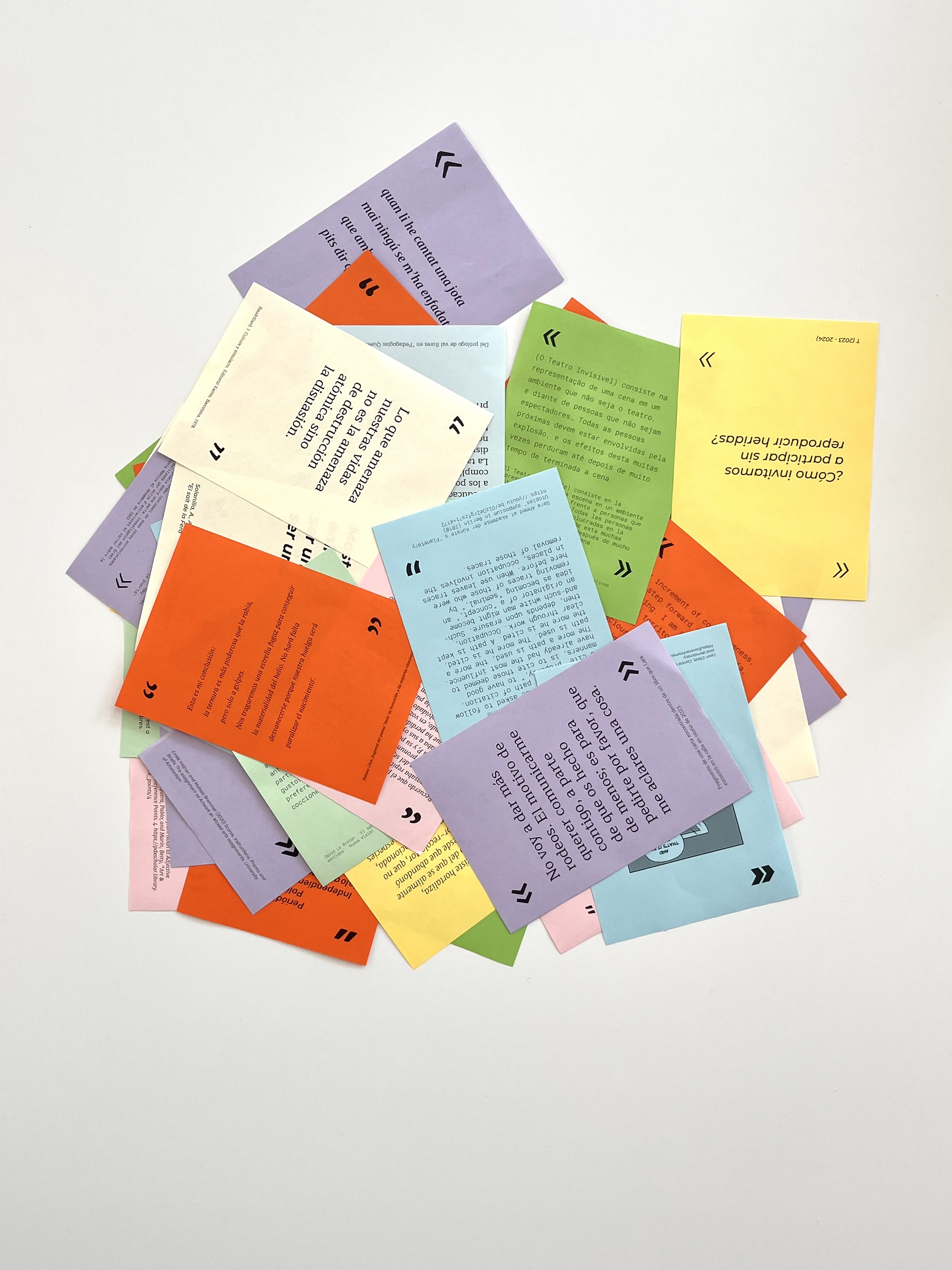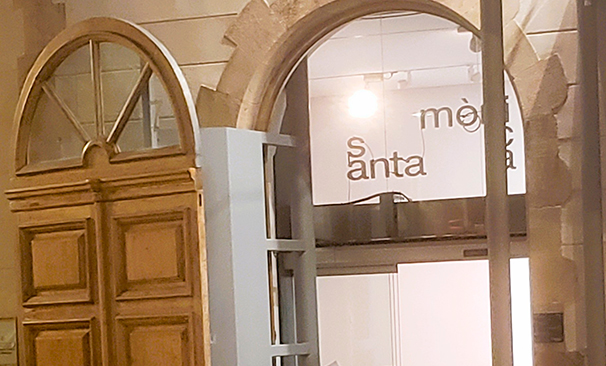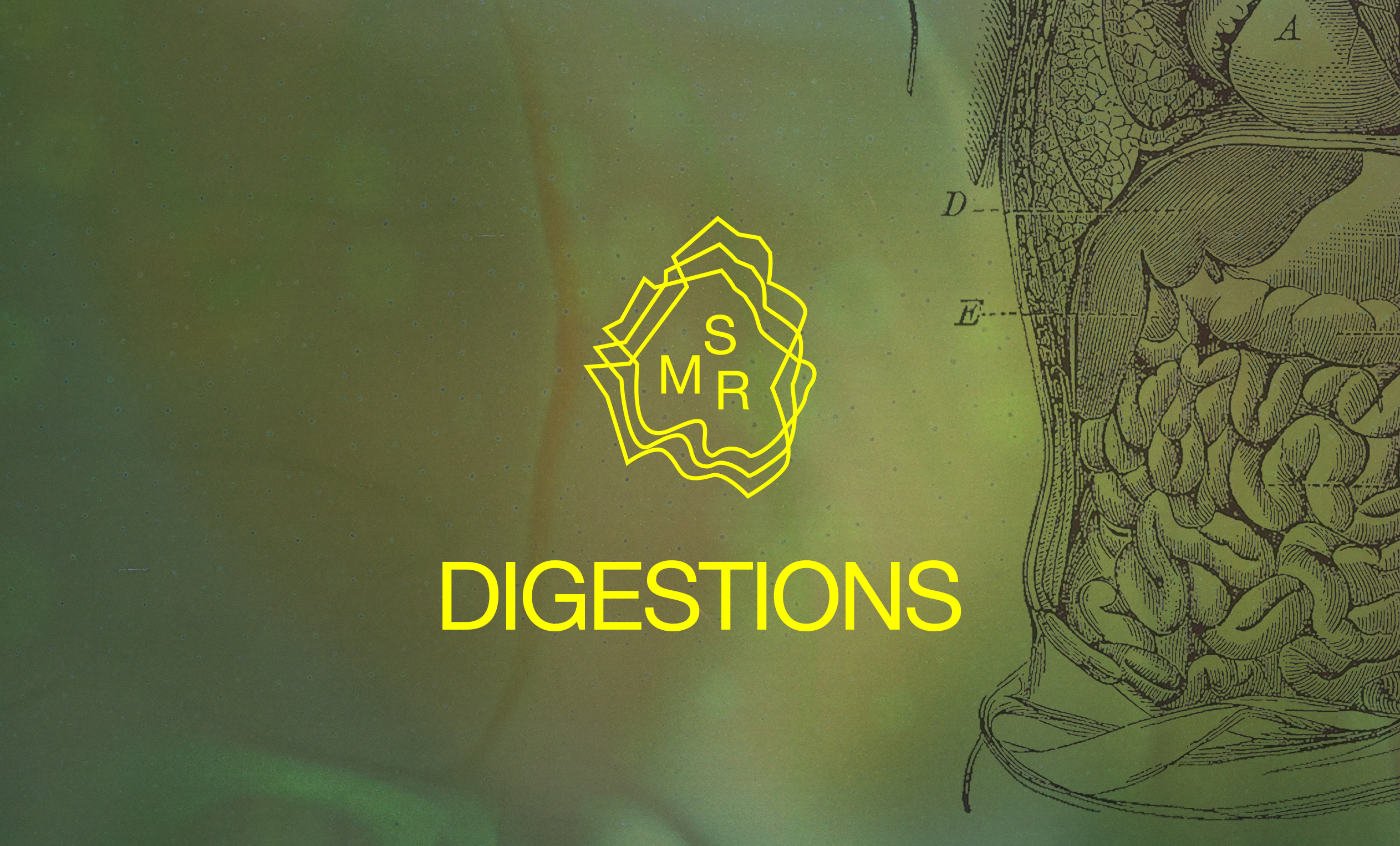What are you looking for?
You might be looking for...
Eleccions
Elections as a format for mediating a collective decision (in this case, the internal communication channels of a group)
Abstract
Eleccions is the electoral process – complete with nominations, campaigning and voting – to choose the digital communication channel of the Les Mòniques. This prototype encourages using a "democratic" election format as a mediation strategy to get a group to agree on what spaces and forms of internal communication (or anything else) it needs and wants to use. Humour as a mediating element has been a defining element in the whole process.
This prototype was born out of the need to resolve a specific situation and, at the same time, to understand the process as an object of study and a form of mediation in itself, a kind of metamediation, so to speak.
The channels to allow internal, non-face-to-face and fluid communication between the 20 people who form part of the Les Mòniques guilds had to be agreed on. Duplicated communication channels with the same function had been detected, noting in addition that not all people were present on the different platforms. This was a complex issue, as choosing internal communication formats involved a mix of issues related to the workflow, processes and relations within Les Mòniques programme itself, and other more informal ones, such as sharing references or interests.
The specific decision to hold elections arose from a spontaneous joke made at a first meeting to determine the group's needs and wishes. Out of the tendency to vote by a show of hands on day-to-day issues at the centre, this commentary emerged: "If we have to choose democratically, let it be with a real election". We immediately saw the potential of the electoral format to be able to understand each other effectively and in a fun way among a group of 20 people. This voting format also makes it easier for people who are not comfortable sharing their positions out loud to do so more comfortably by voting anonymously.
BACKGROUND
- A working group or team that needs to decide on internal communication channels (could also be used to decide on other issues).
- A group of people to coordinate the electoral process.
- Contact with specialists in digital communication or other topics related to internal communication, on which members of the group or team would like to receive training as part of the election campaign.
- Consumables and digital tools to produce the necessary materials for election campaigns.
- Space for an election debate prepared with the resources deemed necessary.
- Envelopes, pens, printed ballot papers, a list of participants and a ballot box.
- If necessary, digital platforms that allow for telematic voting.
INGREDIENTS
1. Conduct a first meeting with the team to identify internal communication needs, preferences and issues.
2. Research and choose the applications that provide the most appropriate response to the problem at hand (in our case, it was Signal, Discord and Oblit).
3. Choose a representative for each of the following applications: this will be the candidate, the visible, human face that will embody each of the options.
4. Conduct election announcement and campaign kick-off. We recommend that this be done in a ceremonious yet humorous way. In our case, this moment served as an opportunity for a new ironic candidacy (telepathy) to emerge, as well as a critic of the whole process, who made memes about the uselessness of the elections and the like. This made the whole process more fun and stimulating for the participants.
5. Get in touch with digital activism professionals. Organise and convene training sessions and internal workshops on the uses, values and ethics of digital communication platforms.
6. Prepare all necessary materials for the elections. Keep the digital format option in mind (in our case, we also enabled the option to vote online to facilitate the process if it was not possible to vote in person).
7. Hold the elections and celebrate the results.
STEPS
The choice of an application does not always mean that the initial problems have been solved. In our case, the first meeting also pointed to the need for face-to-face communication spaces. For this reason, once the elections had been held, we organised a workshop to learn about some technologies from the Global South and other indigenous peoples, which helped us to think about ways to relate to one another and face-to-face communication. We recommend that you review the issues identified at the outset and ensure that they are all addressed.
It is also important to recognise that the internal communication platforms chosen can significantly influence group dynamics. You should prioritise comfort and accessibility for all members, as well as ensure that everyone feels included in the process.
In addition, it is essential to address ethical issues related to privacy and responsible use of technologies. Finally, keep in mind that maintaining an open and humorous atmosphere can facilitate participation and help overcome possible resistance to change.
RECOMMENDATIONS AND ADVICE
Communication Guild Prototype 23-24
Lara Martínez, Ángela Palacios and Anna Vilamú Bosch
Conceptualisation, coordination and practice:
Lara Martínez, Ángela Palacios and Anna Vilamú Bosch (Communication Guild).
Training sessions:
Ana Martínez and Laura del Vecchio.
Participants:
Tatiana Antoni Conesa and Violeta Ospina Domínguez (Participation Guild); Antonis Antoniou, Verónica Lahitte and Carla Lupa (Edition Guild); Carlos Carbonell, Quelic Berga and Marc Villanueva Mir (Digitalisation Guild); Alexandra Laudo, Yazel Parra Nahmens and Laura Torres Gandía (Gastronomy Guild); Pedro Bennaton, Cristina Candela and Anna Solanilla (Spaces Guild), and Rosa Llop, Martí de la Malla and Sara Manubens (Education Guild).
PROTOTYPE CREDITS 23-24
* This recipe is based on documentation of the entire process. For more details, contact us at santamonica@gencat.cat.
